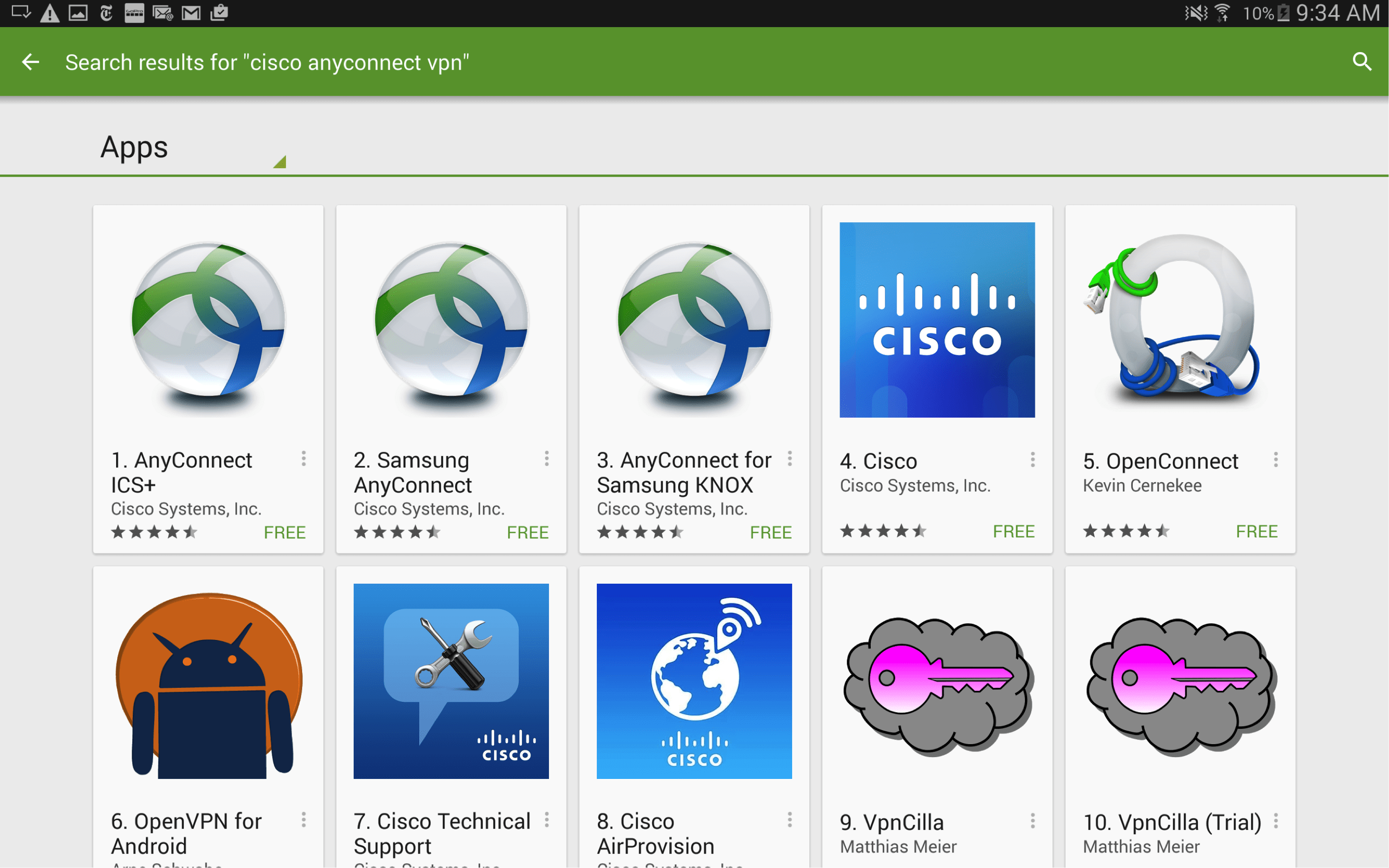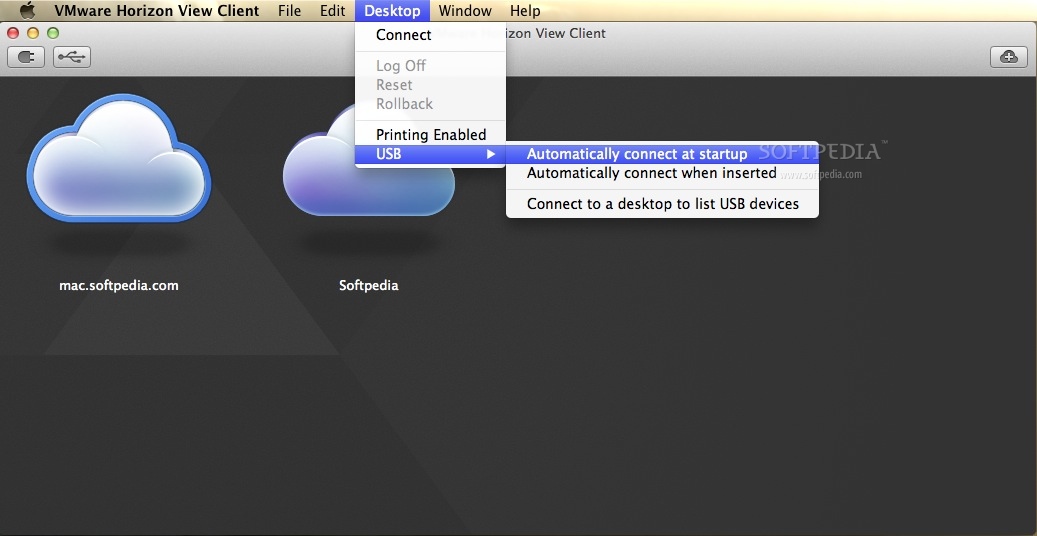- Cisco Vpn Client X64 Download
- Vpn Client Tai Mien Phi
- Cisco Compatible Vpn Client Windows 10
- Cisco Compatible Vpn Client Download
RV082 Dual WAN VPN Router. RV110W Wireless-N VPN Firewall. RV120W Wireless-N VPN Firewall. RV130 VPN Router. RV130W Wireless-N Multifunction VPN Router. RV132W ADSL2+ Wireless-N VPN Router. RV134W VDSL2 Wireless-AC VPN Router. RV160 VPN Router. RV160W Wireless-AC VPN Router. The cat's out of the bag! In October 2020, Cisco announced the Next Generation of Enterprising Routing Platforms: the Catalyst 8000 Edge Platforms Family including the Catalyst 8200, Catalyst 8300, Catalyst 8500, and Catalyst 8000V.
VPN Overview
A virtual private network (VPN) is a way to use a public telecommunication infrastructure, such as the Internet, to provide remote offices or individual users with secure access to their organization's network. In the past, companies would have rented expensive systems of leased lines to build their VPN only they could use. A VPN provides the same capabilities at a much lower cost.
A VPN works by using the Internet while maintaining privacy through security procedures and tunneling protocols such as the Layer Two Tunneling Protocol (L2TP) or IPSec. In effect, private data, being encrypted at the sending end and decrypted at the receiving end, is sent through a 'tunnel' that cannot be 'entered' by any other data.
Definition: IPSec (Internet Protocol Security) provides security services at the IP layer by enabling a system to select required security protocols, determine the algorithm(s) to use for the service(s), and put in place any cryptographic keys required to provide the requested services. The IPsec architecture is described in the RFC-2401 (www.ietf.org RFC-2401). IPSec has been selected to be embedded in IPv6. IPSec is strong because it was designed to be strong and replace some older methods like PPTP.
Today IPSec is the most secure way to access the corporate network from the Internet, here are some elements why:
- Strong encryption mechanisms like Encapsulated Security Payload (ESP) using DES, 3DES, AES with long key length (i.e. 128, 192, 256)
- Strong authentication of parties identity with the use of X-Auth and Certificate with long key length (i.e 1536, 2048)
- Use of Internet Key Exchange (IKE) and ISAKMP to automatically exchange keys and mutual authentication.
- Protection against denial of service attacks. The IPSec protocols use a sliding window. Packets are numbered and only accepted if they fit the window.
- Use of USB Stick, USB Token in conjunction with IPSec Client software to protect identity/authentication information and VPN configurations (i.e. a TheGreenBow specific feature).

Definition: Network Address Translation (NAT) is designed to decrease IT manager frustration for scarce public IP addresses. A NAT device takes a packet's originating private IP address, translates that address into a public IP address, before sending the packet across the Internet to its destination. NAT devices use an internal table to keep track of translated addresses but unfortunately manipulate the packet's original IP header, impacting IPSec ability to function. IETF (Internet Engineering Task Force) group worked out a solution called NAT Traversal (NAT-T RFC-3193). NAT Traversal is now widely implemented in routers and appliances.
TheGreenBow VPN Client supports NAT-T drafts 1, 2 and 3 (include udp encapsulation).

The differences between Transport mode and Tunnel mode can be defined (www.ietf.org RFC-2401) thought the following network configurations:
- Tunnel Mode is most commonly used whenever either end of a security association is a security gateway or both ends of a security association are security gateways, the security gateway acting as a proxy for the hosts behind it. Tunnel mode encrypts both payload and the whole header (UDP/TCP and IP).
- Transport Mode is used where traffic is destined for a security gateway and the security gateway is acting as a host e.g. SNMP commands. Transport Mode encrypts only the data portion and leaves the IP header untouched.

Cisco Vpn Client X64 Download
TheGreenBow VPN Client supports both modes.
Computer authentication by IPSec is performed by using preshared keys or computer certificates. A pre-shared key identifies one party during Authentication Phase. Per definition, 'Pre-shared' means you have to share it with another party before you can establish a secure VPN tunnel.
The strongest method of authentication is the use of a PKI and certificates. However, smaller organizations cannot afford the implementation of a PKI system and a well managed preshared key method can be easier and just as powerful.
TheGreenBow VPN Client supports both modes.
DPD or 'Dead Peer Detection' is an Internet Key Exchange (IKE) extension (i.e. RFC3706) for detecting a dead IKE peer. This mechanism is used by the Redundant Gateway feature.
Vpn Client Tai Mien Phi

Cisco Compatible Vpn Client Windows 10
Cisco Compatible Vpn Client Download
Yes. A new checkbox appeared in VPN Client release 5.0 to disable DPD easily. Go to the 'Configuration Panel' > 'Global Parameters' > then uncheck the 'Dead Peer Detection (DPD)' checkbox.
